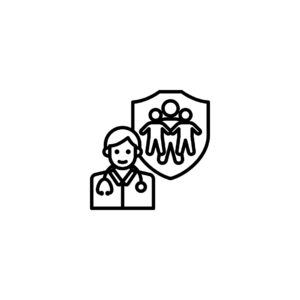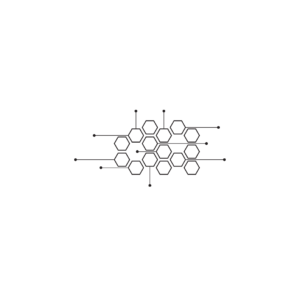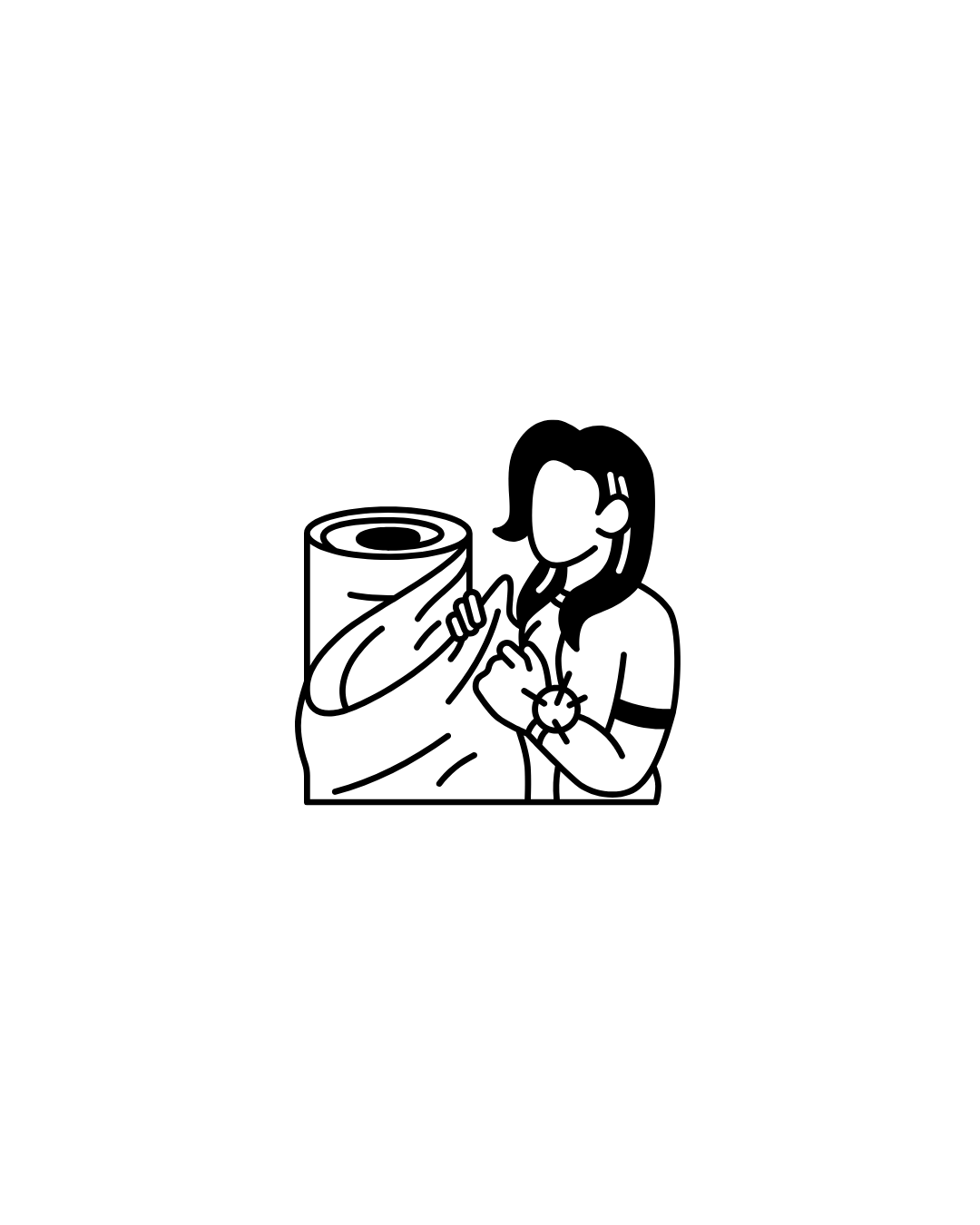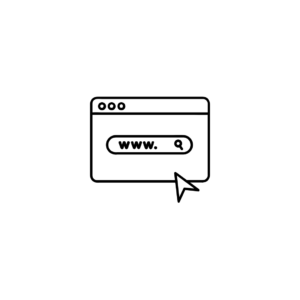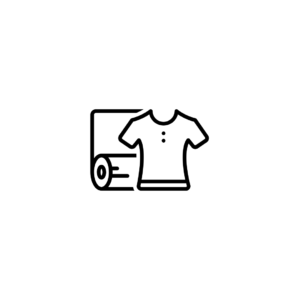Description
A Bachelor of Science in Fashion and Apparel Design is a dynamic program that combines creativity, technical skills, and business acumen to prepare students for careers in the fashion industry. This degree focuses on various aspects of fashion design, including the creation of clothing, accessories, and footwear, as well as understanding fashion trends, consumer behavior, and market dynamics.
Curriculum Overview
The curriculum for a Bachelor of Science in Fashion and Apparel Design typically includes a mix of foundational courses, hands-on projects, and specialized studies. Here are some common subjects and areas of study included in such programs:
Core Subjects
Introduction to Fashion Design:
Overview of fashion design principles, history, and the evolution of styles and trends in the fashion industry.
Textile Science:
Study of fabric properties, types, and how different textiles are used in fashion design.
Fashion Illustration:
Development of skills in sketching and illustrating fashion designs, including technical flats and presentation boards.
Pattern Making and Garment Construction:
Techniques for creating patterns and constructing garments, including sewing skills and fitting practices.
Fashion Merchandising:
Understanding the business side of fashion, including marketing, branding, and retail strategies.
Fashion Trend Analysis:
Research methods for identifying and predicting fashion trends to inform design choices and collections.
Sustainability in Fashion:
Exploration of sustainable practices in fashion design, including the use of eco-friendly materials and ethical production processes.
Computer-Aided Design (CAD):
Training in CAD software (such as Adobe Illustrator and Photoshop) for designing garments and creating digital portfolios.
Collection Development:
Guidance on creating cohesive fashion collections, including concept development, research, and final presentations.
Portfolio Development:
Creating a professional portfolio that showcases design projects, technical abilities, and a personal style for potential employers.
Career Opportunities
Graduates with a Bachelor of Science in Fashion and Apparel Design can pursue various career paths in the fashion industry, including:
Fashion Designer: Creating original clothing, accessories, and footwear, from initial concepts to finished products.
Fashion Illustrator: Producing illustrations and sketches that visualize clothing designs and fashion concepts.
Pattern Maker: Developing patterns for garments, ensuring accurate construction and fit, and collaborating with designers.
Fashion Merchandiser: Working in retail and marketing to determine how to promote fashion products and maximize sales.
Textile Designer: Designing fabrics and patterns that will be used in clothing, ensuring alignment with fashion trends.
Fashion Buyer: Selecting and purchasing clothing and accessories for retail outlets, based on market trends and consumer preferences.
Costume Designer: Creating costumes for theater, film, and television, focusing on historical accuracy and character development.
Sustainability Consultant: Advising fashion brands on sustainable practices, materials, and production processes to reduce environmental impact.
Further Education
After completing a Bachelor of Science in Fashion and Apparel Design, graduates may choose to pursue further studies, such as a Master?s degree in Fashion Design, Textiles, or Business Management. Advanced education can enhance their skills, foster specialization, and open up additional career opportunities.
If you have any questions about the Bachelor of Science in Fashion and Apparel Design program, potential career paths, or any related topics, feel free to ask!



